Bobcat - Lynx rufus
Brief Natural History
Bobcats are a wide-ranging North American species and can be found in Canada, the United States, and Mexico throughout habitats such as swamps, forests, deserts, and even residential neighborhoods. Their diet is variant, ranging from prey as small as mice to as large as deer. They are robust hunters that use their stealth and power to take down their prey. The bobcat’s agile frame and athletic musculature allows them to pounce up to 10 feet when in pursuit of a meal. Bobcats may not be the fastest predator, but their keen eyesight and body strength allow them to adapt to hunting an array of prey in many different environments. They are trapped, hunted, and sometimes raised commercially for their fur. However, their population in the Northern U.S. is estimated to be growing, which is evidenced by the fact that they are the most abundant of all feline species native to the United States.
Where Do Bobcats That Need Rescue Come From?
Private owners, closing roadside zoos, fur farms, and orphaned or injured individuals unable to be rehabilitated are all possible sources of bobcats in need. Although there are laws prohibiting the ownership of exotics in many states, every state’s laws are different, and even laws do not prevent some people from attempting to keep these animals.
Conservation Status
The bobcat is listed by the International Union for the Conservation of Nature (IUCN) as a species of least concern. This is a success story, considering it is a species that was previously exterminated from various regions of its range map. Due to the fact that their population is currently estimated to be growing, licensed hunting is still legal. Other threats to the bobcat include vehicle-related fatalities and habitat loss due to human encroachment.
Exhibition/Captive Laws
All members of the family Felidae, except domestic cat breeds, are regulated species in Minnesota. It is illegal for any person to own a bobcat in the state of Minnesota, unless grandfathered in as of January 1, 2005.
The Animal Welfare Act (AWA) is the only Federal law that regulates the treatment of animals used commercially and for research. The law states that it is illegal to transport, purchase, sell, house, care for, or handle warm-blooded wild native and exotic species (excepting birds and certain rats and mice) without the proper permit/license from the USDA. Laws applicable to the private ownership of animals vary by state.
Fun Facts
Bobcats are named after their short or “bobbed” tail; this is something they are naturally born with. While small in stature, these cats are known to take down prey that is five times that of their own weight, such as white-tailed deer. Bobcats are also the most widely distributed felid in the U.S.
References
- Animal Welfare Act and Animal Welfare Regulations. Washington, D.C.: U.S. Dept. of Agriculture, Animal and Plant Health Inspection Service, 2002. www.aphis.usda.gov. United States Department of Agriculture. Web. 7 July 2016.
- "Bobcat." : Minnesota DNR. Minnesota DNR, n.d. Web. 05 Aug. 2016.
- "Bobcats, Bobcat Pictures, Bobcat Facts - National Geographic." National Geographic. N.p., n.d. Web. 05 Aug. 2016.
- "2015 Minnesota Statutes." 346.155 -. N.p., n.d. Web. 6 June 2016.






